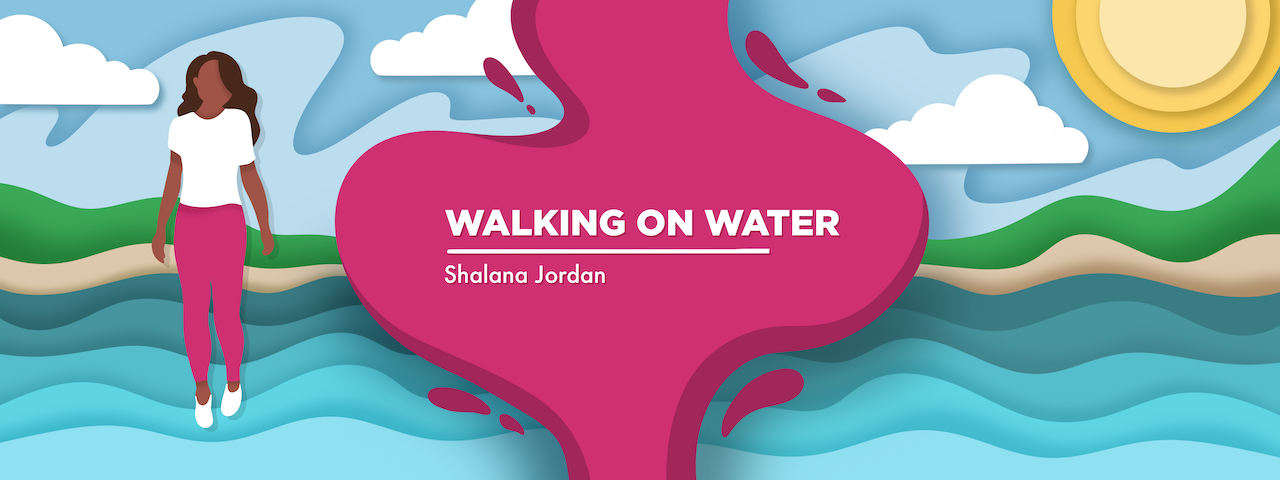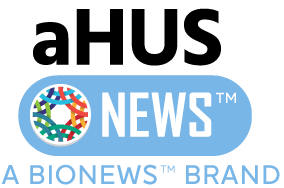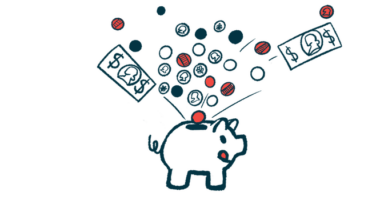Handling the financial burdens of a chronic illness, part 2
When illness precluded me from working, I had to find new resources

Second in a series. Read part one.
Which is more important, your cellphone or your internet?
That can be a tough decision, driven by finances and circumstances. On one hand, imagine you have a chronic illness and you need a phone for emergencies. On the other, imagine your phone doesn’t work in your rural home and you need internet to apply for assistance. Which bill won’t get paid?
When I nearly died from atypical hemolytic uremic syndrome (aHUS) in September 2020, my life changed forever. I had permanent multiorgan damage and needed infusions as well as dialysis indefinitely. But those weren’t my only concerns. My new journey, alongside my sudden diagnosis with a rare illness, was being thrust into poverty.
After spending almost two months in intensive care, I was too sick and weak to work. But my bills continued to grow every day. Letting a bill go unpaid is expensive. When utilities are disconnected, for instance, customers are typically charged a reconnection fee, the past due amount, and the current amount due to restore services. My only income at that time was $400 of child support, which had to support myself and two children.
I ultimately lost my home and my car and exhausted my savings. With homelessness looming, I moved in with a boyfriend sooner than I would’ve.
Now, almost five years later, I’m putting my life back together — but only because I’ve finally learned what resources exist. I wish I’d known about them from the start because it would’ve completely changed how difficult life has been. There are many resources out there, but as a suddenly sick person who’d always worked, I had no idea where to look.
Resources can vary by country and state, so I’ll only speak on what I’ve personally encountered in three U.S. states.
The search for assistance
Let’s start with medical. When an ongoing illness makes people unemployed, they typically lose insurance coverage as well. My options for affordable medical care have been Medicaid, Medicare, or Emergency Medicaid, all subsidized healthcare options that’ll pay up to 100%. Though each has qualifications, anyone can apply online or request a social worker to help.
Next is income. A rare or life-changing chronic illness might be the qualification for Social Security Disability Insurance, known informally as disability income. Today it pays an average of $1,580 a month, up to $4,018. Those with children under 18 may qualify for an additional monthly benefit per child.
Once people are declared disabled, they’re automatically enrolled in Medicare. But qualifying for disability is no small feat. The Social Security Administration says an initial determination can generally take six to eight months. Most people are denied the first time they apply for this status. I was. I had the unfortunate luck to become ill during (and partly because of) the pandemic. So it took two denials, two appeals, a lawyer, court proceedings, and nearly three years to receive my disability status.
Next come utilities, including electricity, internet, and cellphones. A disability status opens a lot of doors, but many programs consider diagnosis and circumstances in deciding assistance case by case.
Many states have some form of energy assistance. In Florida, where I live, it’s the Low Income Home Energy Assistance Program, which deposits from $400 to $1,350 into power accounts for anyone who qualifies. For internet, the federal program Lifeline discounts up to $9.25 off your bill. And for cellphones, numerous programs assist with free or discounted phones.
Another place to check is local social services offices, such as the Division of Social Services or the Department of Children and Families. Resources there may include the Supplemental Nutrition Assistance Program, better known as SNAP; temporary cash assistance; travel assistance (to appointments); and medical dual enrollment.
About that dual enrollment: Since I have children under 18, I’m qualified for Medicare and Medicaid. Medicare clients can choose among Advantage plans from specific insurance companies. I chose Aetna because in my case, it offered the most extra benefits: a free gym membership; a benefit card allowance of $255 each month for use on utilities, food, or other over-the-counter items; gift cards for attending appointments; free prescriptions, and more. In my case, Medicaid covers any medical gaps not covered by Medicare.
Lastly, some programs are directly associated with certain diseases, illnesses, or organ damage, such as one I use from the National Kidney Foundation. Others, including those from The Assistance Fund and the National Organization for Rare Disorders, may help pay for gas mileage, travel costs, copays, and more. Applications can be made online.
Trying to find all of these resources can be daunting during the shock and sickness from a newly acquired disease. But never stop hunting. Resources might be available that you’ve never imagined. You just need to know where to look.
Next week I’ll conclude this series with a focus on ways to save money and subsidize income from home while you’re sick and struggling.
Note: aHUS News is strictly a news and information website about the disease. It does not provide medical advice, diagnosis, or treatment. This content is not intended to be a substitute for professional medical advice, diagnosis, or treatment. Always seek the advice of your physician or other qualified health provider with any questions you may have regarding a medical condition. Never disregard professional medical advice or delay in seeking it because of something you have read on this website. The opinions expressed in this column are not those of aHUS News or its parent company, Bionews, and are intended to spark discussion about issues pertaining to aHUS.







Leave a comment
Fill in the required fields to post. Your email address will not be published.